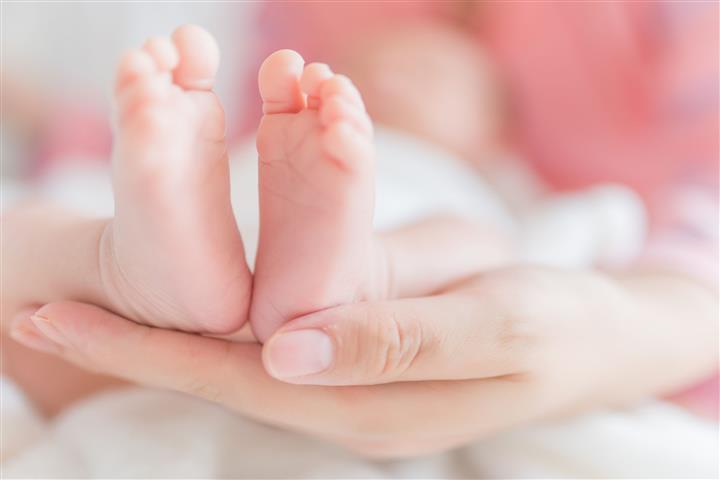 One in 10 Chinese Women Are Childless, Up From 6% in 2015, Think Tank Says
One in 10 Chinese Women Are Childless, Up From 6% in 2015, Think Tank Says(Yicai Global) Feb. 14 -- An increasing share of Chinese women are not mothers so the country should improve the safety net for families, according to an expert.
Nearly 10 percent of women were permanently childless in 2020, up from a bit more than 6 percent in 2015, CCTV News reported recently, citing the findings of a survey done by the China Population and Development Research Center in 2021.
It is hard to encourage families to reproduce. Considering China’s relatively low level of maternity protection, increasing the fertility rate will be extraordinarily difficult without the guidance of concepts regarding marriage and childbearing, the same news source reported, citing Wang Pei’an, executive deputy director of the China Family Planning Association, who was talking at a forum recently.
The most important factor leading to the falling fertility rate is changes in family concepts that have resulted in postponing marriages and having kids to later stages in life, according to the poll report.
In 2020, the average size of a Chinese family dropped to 2.6 persons per household, down by almost 0.5 units from 2010, the survey results show. Women got married at the age of 26.3 on average as of 2020 and had their first kid at 27.2 whereas in the 1980s the common age to tie the knot was 22.
Women are becoming less willing to have children, according to the research center. In 2021, women said they were planning to have 1.64 kids on average, down from 1.73 in 2019. Meanwhile, less than 70 percent of women aged below 35 said that "their lives will not be complete unless having kids."
The development of fields, including housekeeping, elderly care, and childcare, should focus on constantly empowering households while increasing their efficiency, Wang said, adding that prenatal and postnatal services should be enhanced. Households should be given tax breaks and consumer goods should be priced based on household sizes and structures, he added.
But even policy support might not do the trick. Although Japan and Singapore began to implement related policies in the last century, their respective fertility rates were 1.3 and 1.1 respectively in 2020, which could be deemed as “extremely low,” Wang noted.
Editor: Emmi Laine, Xiao Yi